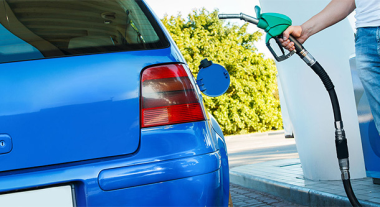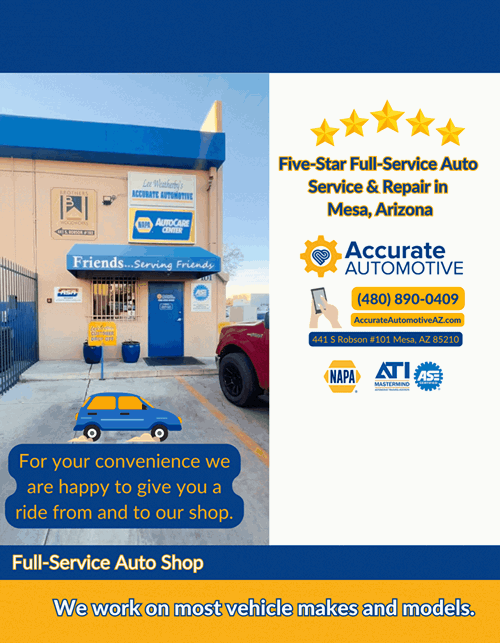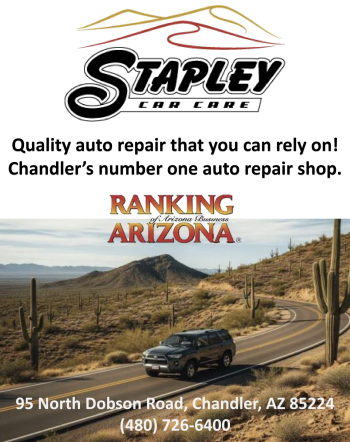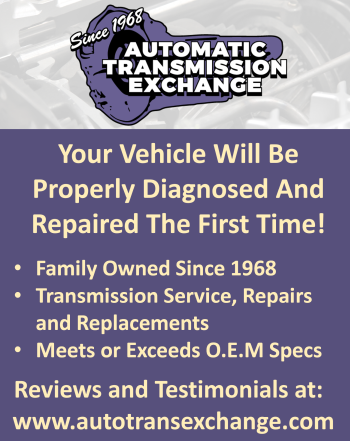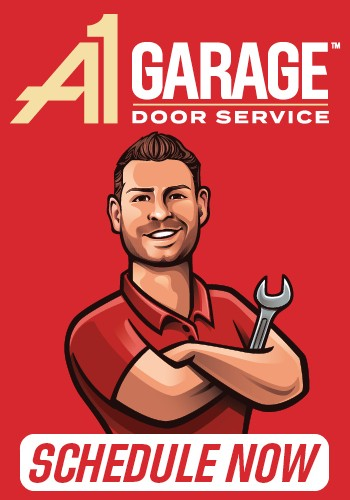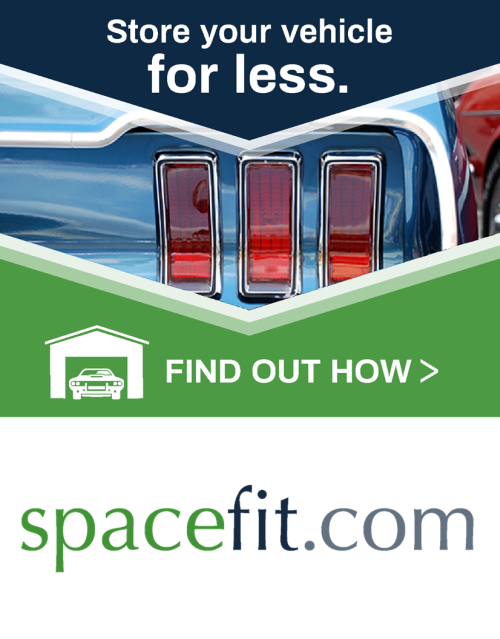The Effect of Ride-Sharing on the Auto Industry
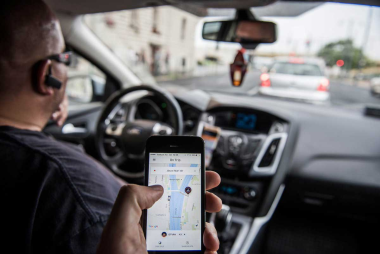
Ride-share technology, facilitated by universal smartphone penetration, has decimated the taxi industry; meanwhile, coincidentally, carmakers have enjoyed record sales. In this article, we consider some possible longer-term ramifications of ride-sharing for the broader auto industry. Rather than declining sales volumes, as many pessimists have predicted, the biggest threat seems instead to be increased vehicle homogenization. This holds the potential to radically affect the profitability of new vehicle manufacturing and the viability of the used car industry in general.
Many in the auto industry are concerned about the impact of ride-sharing. Opinions related to the issue typically fall into one of two camps. First, there are the “technology optimists” who imagine ride-sharing companies with fleets of self-driving cars dominating the highways next year. Others point to various regulatory and technological issues that are likely to slow progress toward this brave new world.
The objective of this article is to analyze the impact of ride-share services like Uber and Lyft on the private transportation market. For dealers, financiers, and manufacturers, the volume of car sales is a critical determinant of financial success. Assuming a constant mark-up in either the new or used car market, industry profits will be dictated by the number and dollar volume of retail sales ultimately made to consumers or ride-sharing companies and contractors. Forces that erode industry pricing power are also a critical concern. We will explore both issues.
Since ride-sharing has only existed for a short time, it is probably too early to empirically identify any structural break that may have occurred as a result of the new technology. For this reason, we will adopt a more theoretical approach, and a simplified economic model will be sketched out. We will then relax some of the assumptions in our framework and consider the effect on volume and pricing.
For simplicity, assume there is only a primary (new vehicle) market for cars. In other words, vehicles are purchased new and then “driven into the ground” by their homogeneous owners. Assume further that the number of private journeys undertaken by society is fixed and that taking one journey in a homogeneous private vehicle causes one unit of physical depreciation. Assume all cars are driverless.
If a consumer simply chooses to substitute a journey taken in his or her own car for one taken in a ride-share, the total amount of vehicle depreciation suffered by society will be unaffected.
Now, let’s say that one ride-share vehicle replaces 10 cars that were previously privately owned and spent 90% of their potential driving time garaged. Under our assumptions, the total number of depreciation units is unchanged, but the units are now concentrated in one-tenth as many vehicles as observed under the status quo. If the vehicles in question have a fixed lifetime, consistent with the assumption of vehicle homogeneity, the ride-share cars will depreciate to scrap value 10 times faster than equivalent privately owned vehicles.

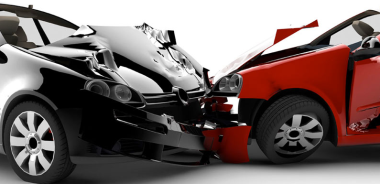

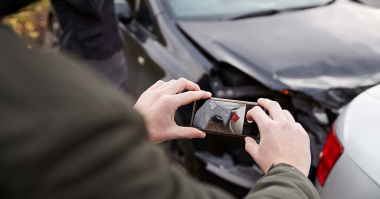
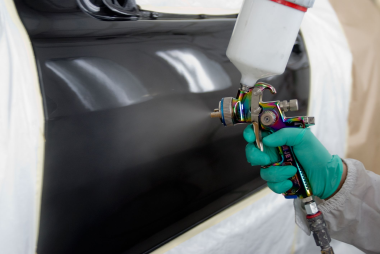 Painting a Vehicle Takes Time.
Painting a Vehicle Takes Time.

 1. Regular Battery Maintenance*
1. Regular Battery Maintenance*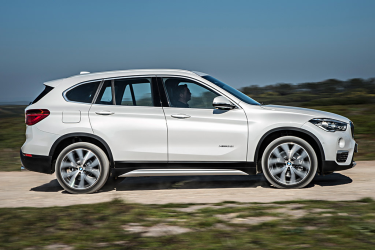 June's Best New Car Deals
June's Best New Car Deals